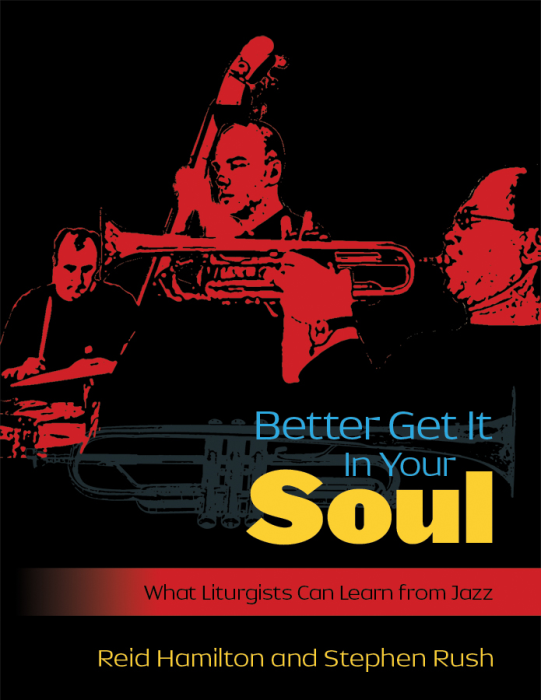Biblical Studies & Theology
Biography / Memoir
Church Supplies & Gifts
Curriculum & Faith Formation
En Español
Gender Studies / LGBTQ
Health and Wellness
Leadership
Liturgy & Worship
Prayer and Spirituality
Series
The Episcopal Church / Anglicanism
The Way of Love

Steve Rush, Reid Hamilton
Church Publishing
Sep/2008, 172 Pages, Paperback, 8.5 x 11
ISBN: 9780898695748
This book offers hope to the parish that is searching for a way to make their liturgies more meaningful in the local context. Written by a priest and musician who have worked together for many years in the Canterbury House ministry at the University of Michigan, the methods described here demonstrate a respect for others' gifts and skills, discernment of the spiritual needs of the community, and actively welcoming the creative force of the Holy Spirit to work even in the planning process. Based on the liturgical format of the Book of Common Prayer, Hamilton and Rush nevertheless outline their experience and ideas in ways that will be useful to all liturgical denominations.
Stephen Rush is professor of music at the University of Michigan, and has been the music director at Canterbury House for over ten years. He lives in Dexter, Michigan.
Reid Hamilton is an experienced church musician and liturgist, and has spent over ten years in ordained ministry working and advocating for context-based liturgy and for campus ministry. He is the chaplain at Canterbury House, University of Michigan. He lives in Ann Arbor, Michigan.
“The authors offer the church a seriously playful vision of what is possible when musicians and clergy leaders trust and value each other. Far deeper than questions of musical style or translation of texts, good liturgy depends on just this kind of jazz—everyone’s got to know the deep structure, everyone joins in shaping the prayer, everyone needs to rejoice in creating something beautiful for God. This book offers wisdom we need in the church more than ever.” —Jeff Lee, Bishop of Chicago
“…[O]ur great trombone-playing vocalist Ku-umba Frank Lacy who brightens all our Mingus bands, and has added many a gospel sermon to our performances, loved your book—he said it should be called How to Create a Jazz Church!” —Sue Mingus, wife of Charles Mingus, noted Jazz musician
“That isn’t just true, it’s THE truth. It sounds like he’s got [the explanation of my Harmolodics] right to me.” —Ornette Coleman, Jazz innovator, MacArthur Genius Award recipient and Pulitzer Prize winner
“Any book that brings Thomas Dorsey, Olivier Messiaen, and J. S. Bach together is worth the price! These pages are alive with soundings of why people who plan and lead worship need Jazz, and why good Jazz can open Christian liturgy. The ‘Jazz Mass’ at Canterbury House is more than Jazz; it celebrates the heart of Christian faith. The authors of this book know how to improvise around the deep structures, taking us inside the rhythms, harmonics, and the full stretch of liturgical action itself toward justice and reconciliation. This is the beginning of a conversation we’ve needed for a long time.” —Don Saliers, Cannon Professor of Theology and Liturgy, Emeritus, Emory University
“Better Get It in Your Soul makes a strong case for attention to liturgy and music in any and every place where the church gathers. If liturgy truly is ‘the work of the people,’ Reid Hamilton and Stephen Rush invite us into the ‘shop,’ and the many dimensions of how a working community crafts its worship. Along the way they evidence an impressive respect for the variety of gifts and vocations present in community and the improvisational nature of thoughtful leadership which, like the best jazz, makes a worthy gift—true worship—of what is offered.” —Sam Portaro, Episcopal Chaplain, University of Chicago, and author of Sheer Christianity
“This is a ‘breakthrough’ book on liturgy. . . . It is the most profound and practical book on liturgy that I know, which is a rare combination in books. It respects both the contemplative and active sides of our nature and of liturgical tradition . . . and shows respect both for the silence that allows people to become aware of God’s presence, and of traditional and improvised expressions that respond to that presence.” —Tilden Edwards, Founder, Shalem Prayer Institute

